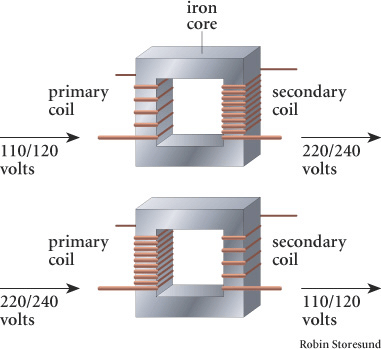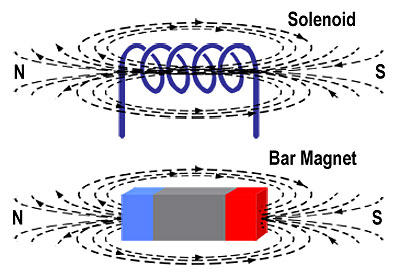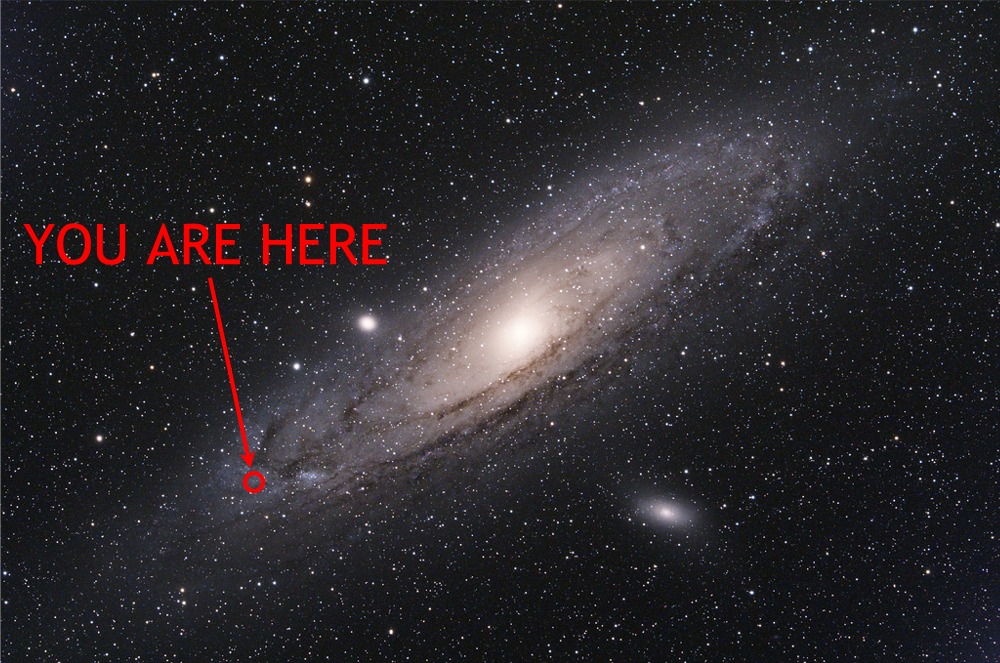 |
| Figure 1 |
The structure of a step up (above) transformer and a step down (below) transformer can be seen in figure 1. As the voltage decreases, current increases, and vice versa. The transformer changes the size of the voltage by having a different number of primary and secondary coils. If there are more secondary coils, it is a step up transformer and will increase the voltage. If there are more primary coils, it is a step down transformer and will decrease the voltage. (Also has an iron core. That's important.)







